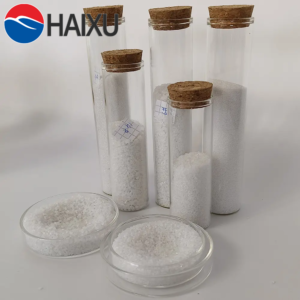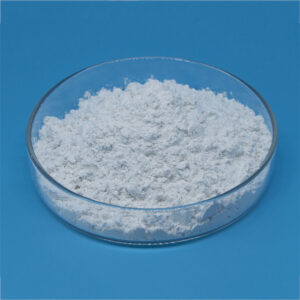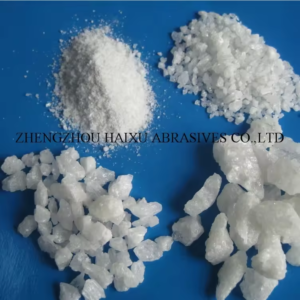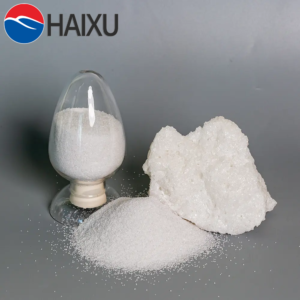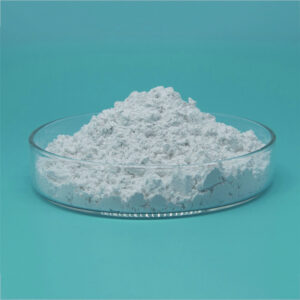The main reasons for black spots in white corundum include:
Raw material impurities
The raw material may contain impurities such as iron and titanium, which will form black spots at high temperatures.
Smelting process problems
Improper temperature or time control during smelting may result in incomplete removal of impurities, forming black spots.
Equipment pollution
Residues or contaminants in the smelting equipment may be mixed into the white corundum, resulting in black spots.
Improper cooling process
Uneven cooling speed or unclean environment may also cause black spots to form.
Subsequent processing pollution
During the crushing, screening and other processing processes, contaminants in the equipment or environment may be mixed in.
Solutions
Raw material control: Use high-purity raw materials to reduce impurities.
Optimize smelting process: Strictly control temperature and time to ensure that impurities are fully removed.
Equipment cleaning: Clean the equipment regularly to prevent pollution.
Improve cooling environment: Ensure that the cooling process is uniform and the environment is clean.
Processing process management: Strengthen the cleaning and protection of the processing links.
Through these measures, the generation of black spots can be effectively reduced.
